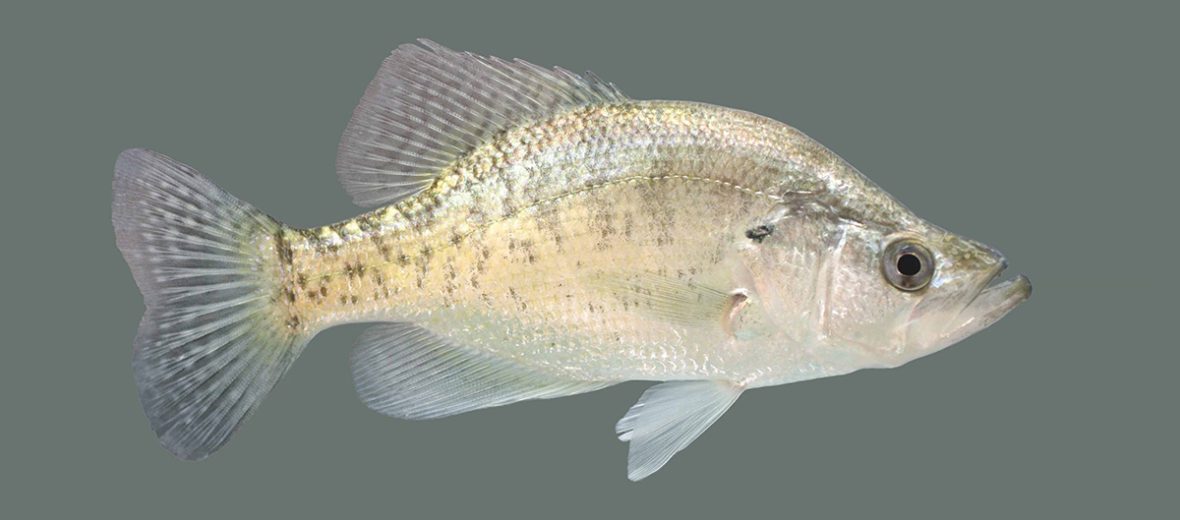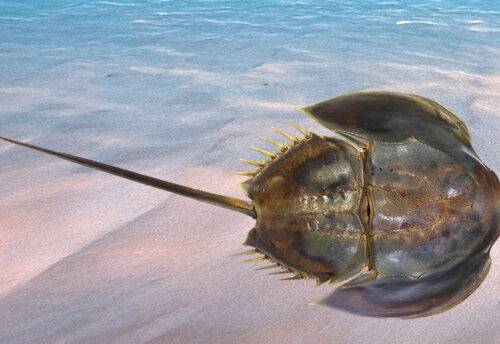
The white crappie (pronounced kropi), aka calico bass or lamplighter, hails from the southeastern parts of Canada and most of the midwestern and eastern United States. These fish are part of the sunfish family, like bass. They prefer large rivers, lakes, and reservoirs. White crappies tend to be more tolerant of turbid (murky) water, aka black water, as well as low-velocity areas such as pools and backwaters of rivers than their subspecies the black crappie. With no major threats and a stable population throughout their ranges, these fish are listed as Least Concern by the IUCN. This article is on special request from my friend Shawn.
First the Stats…
Scientific name: Pomoxis annularis
Weight: Up to 5.2 lbs.
Length: Up to 15 inches
Lifespan: Up to 7 years
Now on to the Facts!
1.) During the morning and evening, these fish are typically found in the deeper, open water. During the majority of the day though, they are found in shallower water, of up to 7 feet.
2.) Their hunting method is called saltatory. This is where they will swim intermittently and only look for prey when they are stationary.
3.) The preferred food for white crappies is zooplankton and smaller invertebrates, while juveniles. As adults, they prey on small fish, like American shad and minnows. They will also prey on crayfish, dobsonflies, and other larger insects that happen into the water.
4.) White crappies typically outnumber black crappies in locations with smaller amounts of rooted aquatic vegetation.
5.) Crappies are highly favored panfish and are typically thought to be among the best-tasting freshwater food fish.
But wait, there’s more on the white crappie!
6.) Ice anglers often fish for white crappies via ice fishing, since they tend to be active even in the winter.
7.) Spawning season lasts from May – June, when the water’s temperature reaches 56°F.
Did you know…?
Before fisheries departments started to enforce more restrictive, conservation-minded regulations the yearly crappie catch in just the United States alone, was around 3,000,000 lbs.!
8.) Males create a bowl-shaped nest in the substrate, near rocks or rooted vegetation.
9.) Females lay up to 30,000 eggs that hatch in just 42 hours!
10.) Males guard the nest till the fry swim away. Fry tend to grow very fast. They can reach 3 – 5 inches in just their first year.
11.) White crappies have been around for approximately 10 million years.
Be sure to share & comment below! Also, check out the Critter Science YouTube channel. Videos added regularly!
Want to suggest a critter for me to write about? Let me know here.
Photo credit: Jim Rathert



